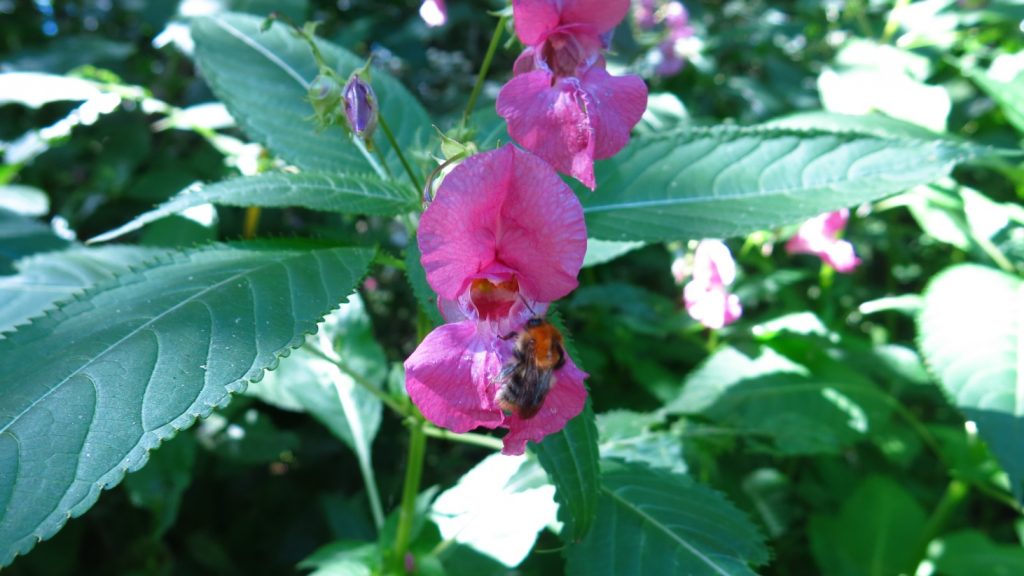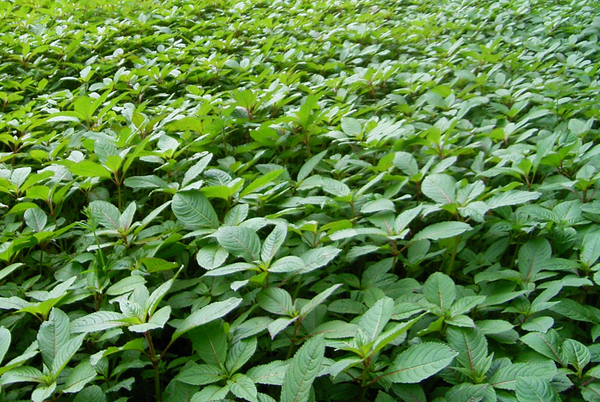Enlisting microbes to enhance Himalayan balsam biocontrol
Building on CABI research into the biological control of Himalayan balsam (Impatiens glandulifera) using a rust fungus (Puccinia komarovii var. glanduliferae), a Natural Environment Research Council (NERC) funded collaboration between Royal Holloway, CABI and the University of Reading is investigating the role of the microbial community associated with the plant and how these microbes may…
Taking on Fall Armyworm in Africa: The search for effective natural enemies
The Fall Armyworm (FAW), Spodoptera frugiperda has emerged as a serious threat to food security for millions of smallholder producers in Africa due to its rapid spread across the continent and extensive damage to staple cereals. At the last count, at least 28 countries were reported to be affected by the pest in Africa.
Why biological control is an important tool to manage problematic invasive species in Europe
Written by Dr Urs Schaffner, head of the Ecosystem Management section at CABI Europe-Switzerland. Over the last few years, biological invasions have become a regular topic in the news. Today the general public is probably better informed about the negative environmental and economic impacts alien invasive species can cause than ever before. However, concern about invasive…
Clear water ahead
Last month the International Institute for Sustainable Development (IISD) reported that an international measure that aims to prevent the spread of invasive aquatic species had come into force (see the full article on the IISD website).
New report reveals cost of Fall Armyworm to farmers in Africa, provides recommendations for control
CABI has published an ‘evidence note’ report on the invasive Fall Armyworm pest, showing how the caterpillar could cause maize losses costing 12 African countries up to US$6.1 billion per annum, unless control methods are urgently put in place.
Removal of invasive shrub could be an easy way to help reduce malaria transmission
Removing the flowers of an invasive shrub from mosquito-prone areas might be a simple way to help reduce malaria transmission, according to a new study published in the open access Malaria Journal. Removing the flowers from villages in Mali decreased the local mosquito vector population by nearly 60%.
CABI scientists shed light on factors affecting the use of biological control
By Julien Dougoud. Reblogged from the Plantwise blog Human health issues arising from the use of synthetic pesticides and concerns about their environmental toxicity are making lower-risk alternatives increasingly attractive. Biological control agents are living organisms which reduce harmful pest populations. Many people know of the common ladybird, whose larvae feed on aphids, but a wide…
Invasive plants to devastate annual wildebeest migration
According to new research, scientists found that a number of invasive alien plant species initially introduced as ornamental plants at tourism facilities are now spreading rapidly throughout the Serengeti-Mara ecosystem, posing a major threat to wildlife, including the annual wildebeest and zebra migration as well as a range of other plant and animal species.
Controlling the European earwig on the Falklands
Contributed by Norbert Maczey, CABI The European Earwig, Forficula auricularia (order Dermaptera) was recently introduced to the Falkland Islands and has since become locally common in Port Stanley and a number of settlements in both East and West Falkland. Since its introduction this invasive species has caused considerable problems ranging from yield losses in horticulture…



